“The usual proportion of vinegar to oil is one to three, but you should establish your own relationship.”
Julia Child, Mastering the Art of French Cooking
A well-crafted dressing or vinaigrette is a thing of profound beauty. Delicate, yet prominent, understated while still making a statement. To me, the finesse found in the subtleties of a good dressing says a lot about someone’s skills in the kitchen and on that same note, it is one of THE most simple tasks to master. Ready in under 5 minutes, homemade dressings and vinaigrettes are one of the best ways to start the process of ditching store-bought, processed foods – making it a very budget and health conscious option.
Since they only really require three main ingredients, base (oil), acid and seasonings, you can pretty much make any flavor profile you can think of, with any combination of ingredients available in your kitchen. From here, knowing this simple formula and the any options, you can get creative, adjust to your preferences and you can come up with an unlimited supply of varying staple dressings.
As with all food, by making your own salad dressings, you are in control of the flavor balance—acidity, sweetness, and seasoning—as well as what goes into it, so you can avoid those unwanted things like unpronounceable preservatives, scary oils, thickeners, sugars, etc. Making your own salad dressings is one of the simple tips I offer for shifting from processed foods to homemade, whenever I do workshops and when I consult one-on-one with nutritional clients. It literally doesn’t get much easier than this.
Ratio:
The standard ratio of 3 parts base to 1 part acid is a really great place to begin, especially when you are starting out and experimenting with creating your own dressings. From there, you can adjust that ratio as you’d like. If you like a more tart dressing, go with 2 parts base to 1 part acid. Is using fruits or sweeter vinegars, you may want to go with that 2 to 1 ratio. Play around and find what works for you, that ratio definitely depends on the ingredients being uses and even on the ingredients of the salad it is dressing, so don’t get locked into those numbers, play around.
How Much to Make:
A quarter of a cup of dressing is generally enough for around four servings of a leafy green salad. If you’re salad is heavy on the vegetables and light on the greens or if you prefer your salad heavy on the dressing, make a half cup per four servings. For dressing a potato salads, make a bit extra, potatoes tend to soak up a lot of vinaigrette.
That said, I always say make more than you need. You can keep it in the fridge in an airtight container for quite a while and you will have it on hand for a quick and simple salad, whenever you want it.
Emulsifiers:
Vinaigrettes are traditional dressings of oil and vinegar (or citrus) also called by some an unstable emulsion – two liquids (water, in the form of vinegar, and oil). Obviously these two will not mix evenly with each other and will eventually separate back into their original forms. You can slow this process down by adding an emulsifier which will act as a bond between the two ingredients. Many commercial dressings use a fatty substance called lecithin, but at home, it’s much easier, and tastier, to add a flavouring that will do the same job.
Emulsifiers like mustard, honey or maple syrup help to keep dressings from separating. Mashed avocado, egg yolk or mayo are also great options.
Mixing:
Whisk, stir, shake, blend, or whir?
Traditionally chefs are taught to add all of the dressing ingredients to a bowl with the exception of the oil. The oil is then added last, in a slow steady stream, while whisking vigorously in a circular motion. This helps to emulsify and thicken.
You can also add all the ingredients to a tightly closed jar and shake it like a polaroid picture.
A blender is great options for larger batches. Same as whisking, add all of the ingredients except the oil and slowly drizzle that in, in a steady stream, while the blender is running.
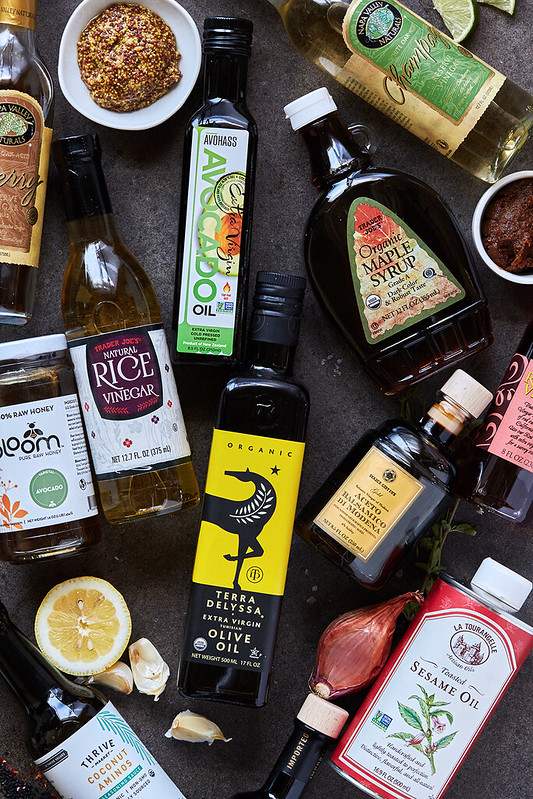
How-to Make Salad Dressing:
Three Parts Base:
- extra virgin olive oil
- avocado oil
- hemp oil
- sesame oil*
- walnut oil*
- flaxseed*
- hazelnut oil*
- tahini
- yogurt
- warm rendered bacon fat
*Be sure these nut and see oils are high quality and cold pressed. I suggest using sparingly. When using, usually I will pair with another oil, like olive or avocado, to tone down their flavor and to limit overall polyunsaturated fat consumption.
AVOID the following oils both in your salad dressings and always: canola, corn, grapeseed, soybean, cottonseed, vegetable, peanut, safflower, sunflower (sunflower is OK, when high oleic and cold pressed).
WHY: these are highly refined, processed oils, often manufactured using solvents and many times rancid before they are even bottled, easily become oxidized in the body. They also contain a high amount of omega-6 fats, contributing to a further disproportionate ratio of omega-3 to omega-6 fats, which is a major factor in determining illness.
One Part Acid:
- apple cider vinegar
- balsamic vinegar
- red wine vinegar
- white wine vinegar
- lemon juice
- lime juice
- orange juice
- grapefruit juice
- champagne vinegar
- rice wine vinegar
- sherry vinegar
- pomegranate vinegar
- etc…
Flavor Enhancers/Seasonings:
- finely minced garlic, shallot
- chopped sweet onion, thinly sliced scallions
- mustard – whole grain, yellow, dijon, powder
- fresh or dried herbs – rosemary, tarragon, oregeno, basil, chives, mint, cilantro, dill, thyme, etc
- spices – cayenne, red pepper flakes, cumin, curry, smoked paprika, etc
- ginger (fresh or dried)
- soy sauce, tamari, coconut aminos
- sriracha
- chipotle
- fresh berries
- fruit jam
- miso paste
- cheese – blue cheese, parmesan, romano
- anchovies
- diced hot peppers
- nutritional yeast
- nut butters
- tahini
- capers
- horseradish
- etc…
Sweeteners (optional):
- honey
- maple syrup
- jam
Season Carefully and Add Sea Salt and Black Pepper – ALWAYS
Taste your dressing for salt, pepper, sweet and sour. Before you dress your salad, dip a leaf into the dressing, taste and adjust the flavors as necessary.
6 Simple Salad Dressing Recipes:
Simple Everyday Vinaigrette
- 3 tablespoons olive oil
- 1 tablespoon lemon juice
- 1/2 teaspoon dijon mustard
- 1 small clove garlic, minced
- sea salt and pepper, to taste
Balsamic Vinagirette
- 1/4 cup extra virgin olive oil
- 2 tablespoons balsamic
- 1/2 teaspoon dijon mustard
- 1 small clove garlic, minced
- sea salt and black pepper, to taste
Honey Dijon Dressing
- 3 tablespoons extra virgin olive oil
- 1 tablespoon cup apple cider vinegar
- 1/2 teaspoon dijon mustard
- 1/2 teaspoon honey
- garlic or 1/2 shallot, finely minced
- sea salt and black pepper, to taste
Greek Dressing
- 1/4 cup extra virgin olive oil
- 2 tablespoons red wine vinegar
- 1 small clove garlic, finely minced
- 1/2 teaspoon dried oregano
- sea salt and black pepper, to taste
Sesame Miso Dressing
- 2 tablespoons extra virgin olive oil
- 2 tablespoons toasted sesame oil
- 1 tablespoon rice vinegar
- 1 tablespoon lime juice
- 1/2 teaspoon miso
- 1 teaspoon soy sauce, tamarin or coconut aminos
- 1 shallot, finely minced
- 1 teaspoon grated fresh ginger
- pinch of red pepper flakes (optional)
- sea salt and black pepper, to taste
Cumin Lime
- 2 tablespoons extra virgin olive oil
- 2 tablespoons avocado oil
- 2 tablespoons lime juice
- 1 teaspoon toasted cumin, ground (or already ground)
- 1 small clove garlic, minced
- 1 teaspoon honey
- 1 teaspoon fresh cilantro, roughly chopped
- sea salt and black pepper, to taste
Other Salad Dressing Recipes:

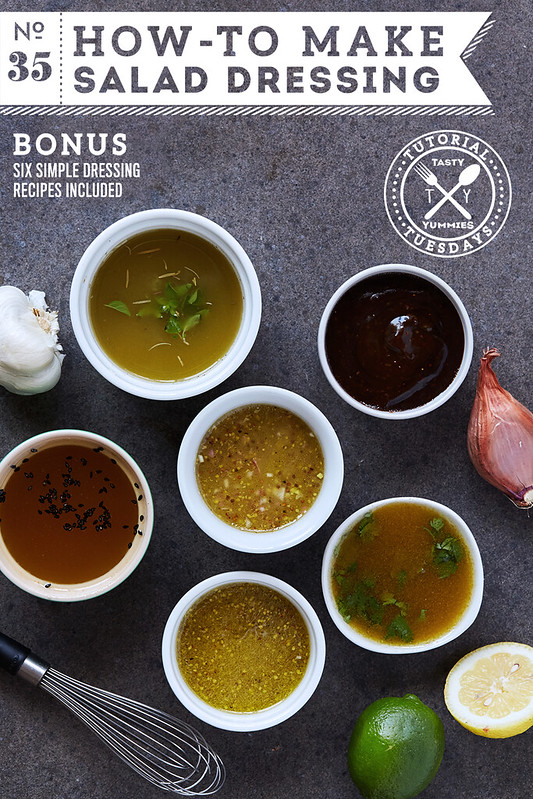
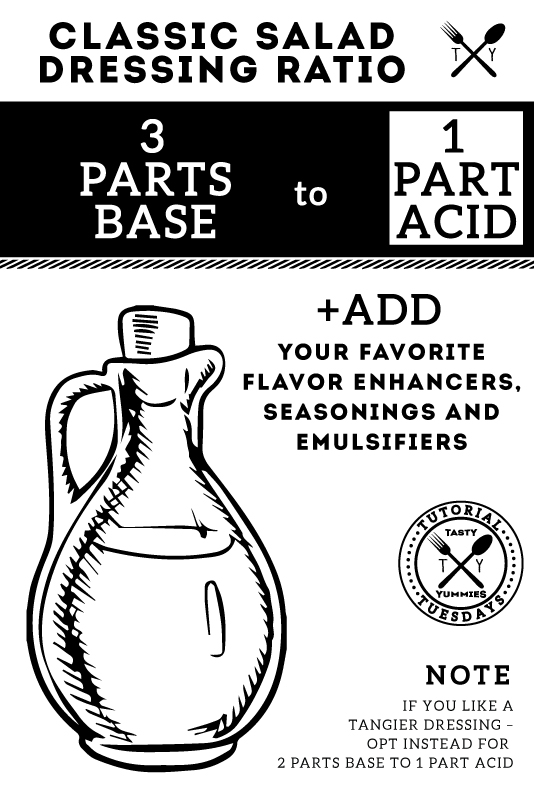
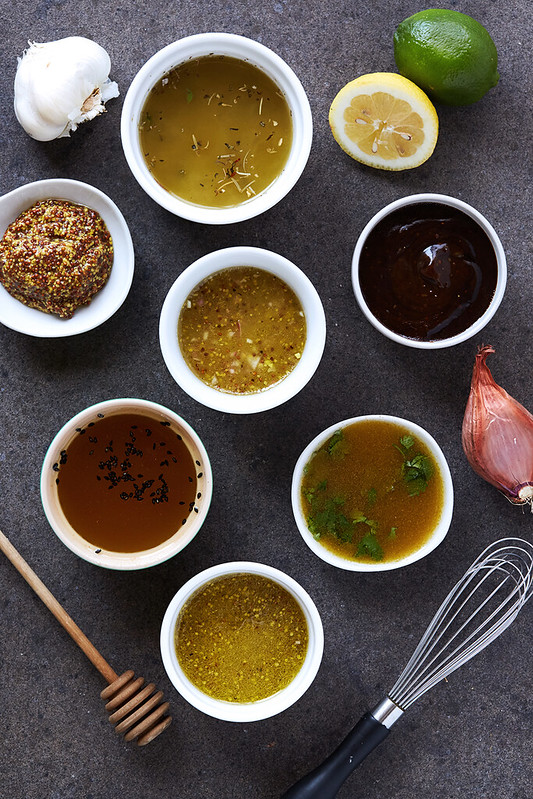
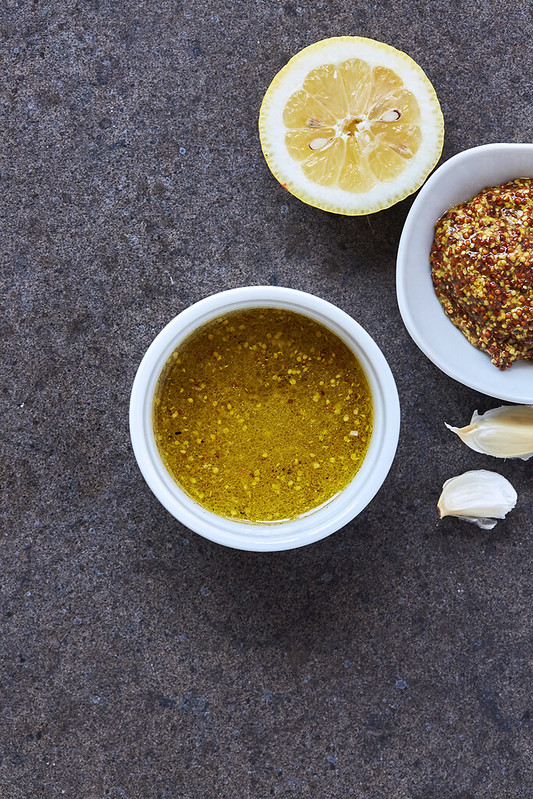
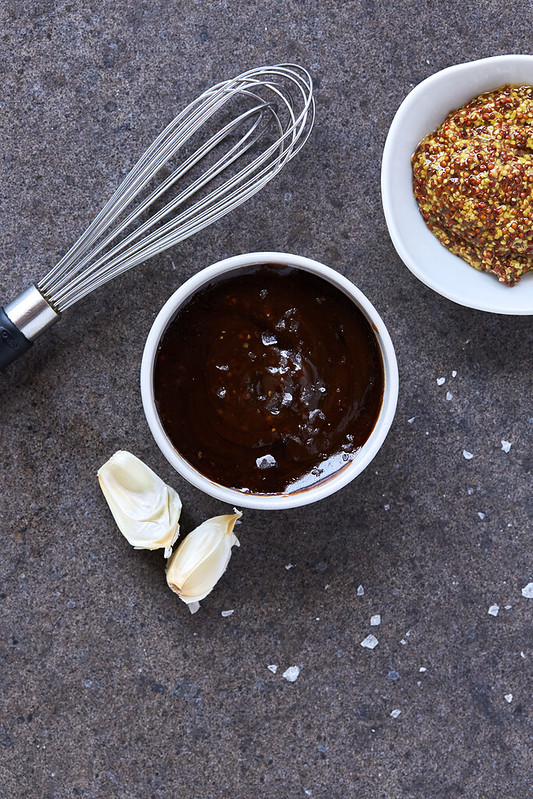
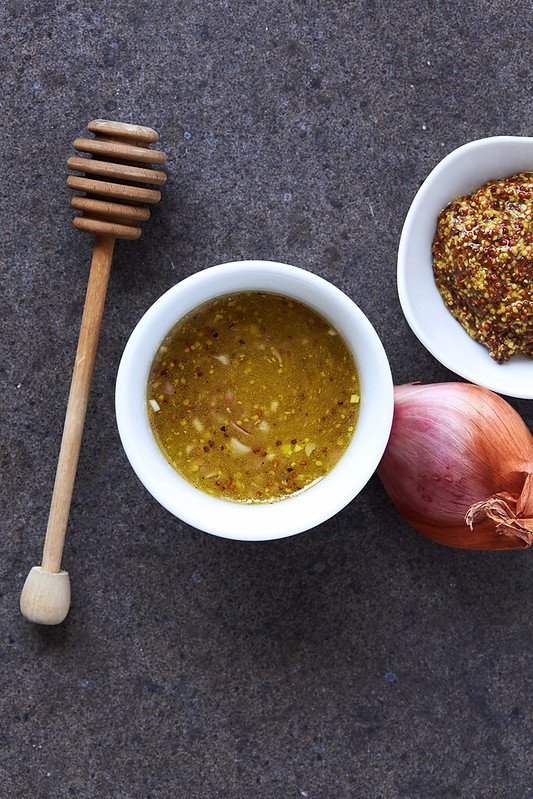
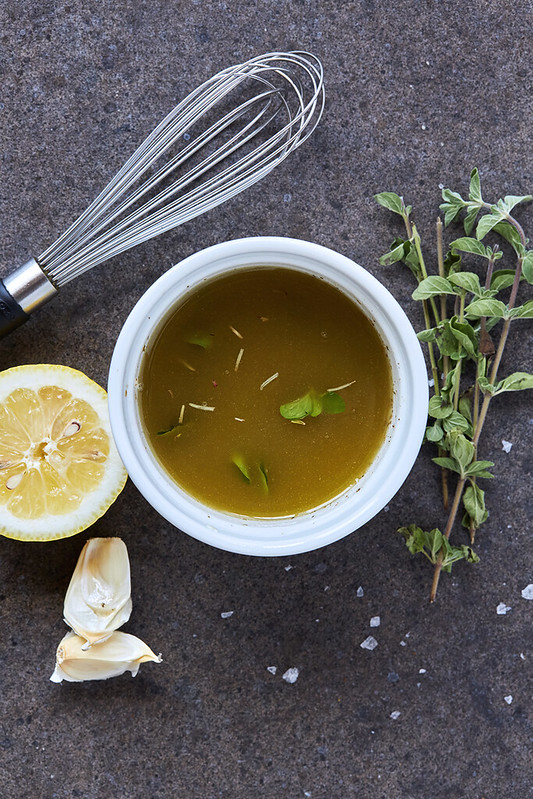
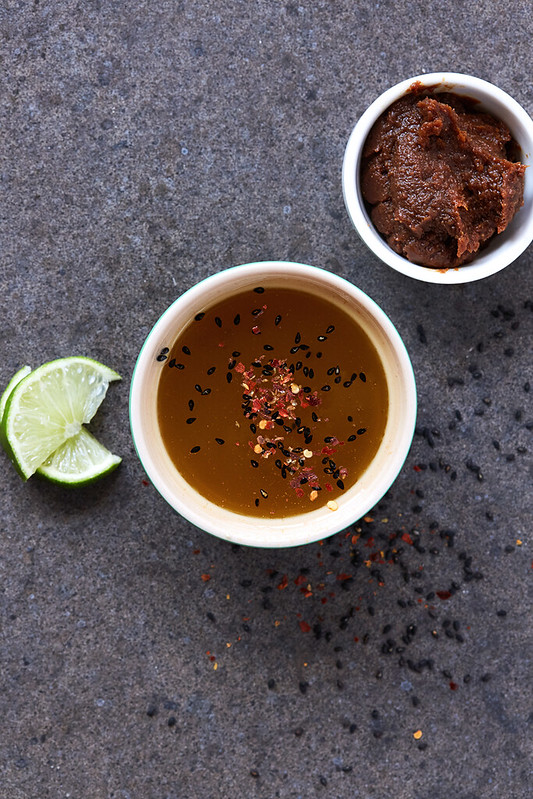
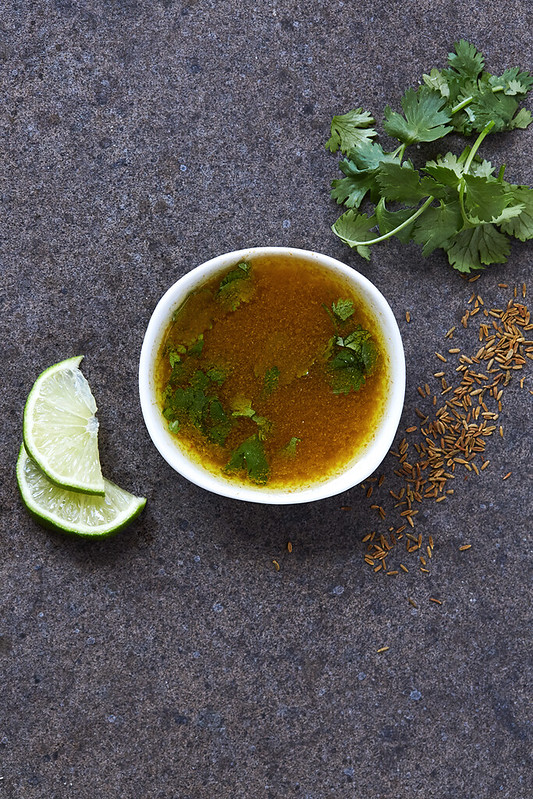




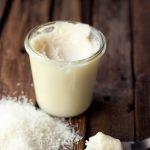


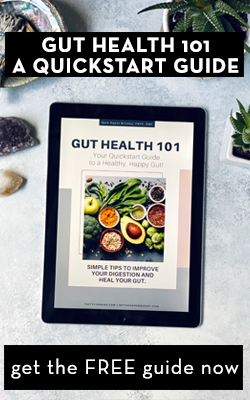




2 Responses
I’m so glad you mentioned what oils not to use. It makes me so sad how many people think canola and vegetable oil are healthy.
Yes!! Agreed. Thank you Kelli 😉